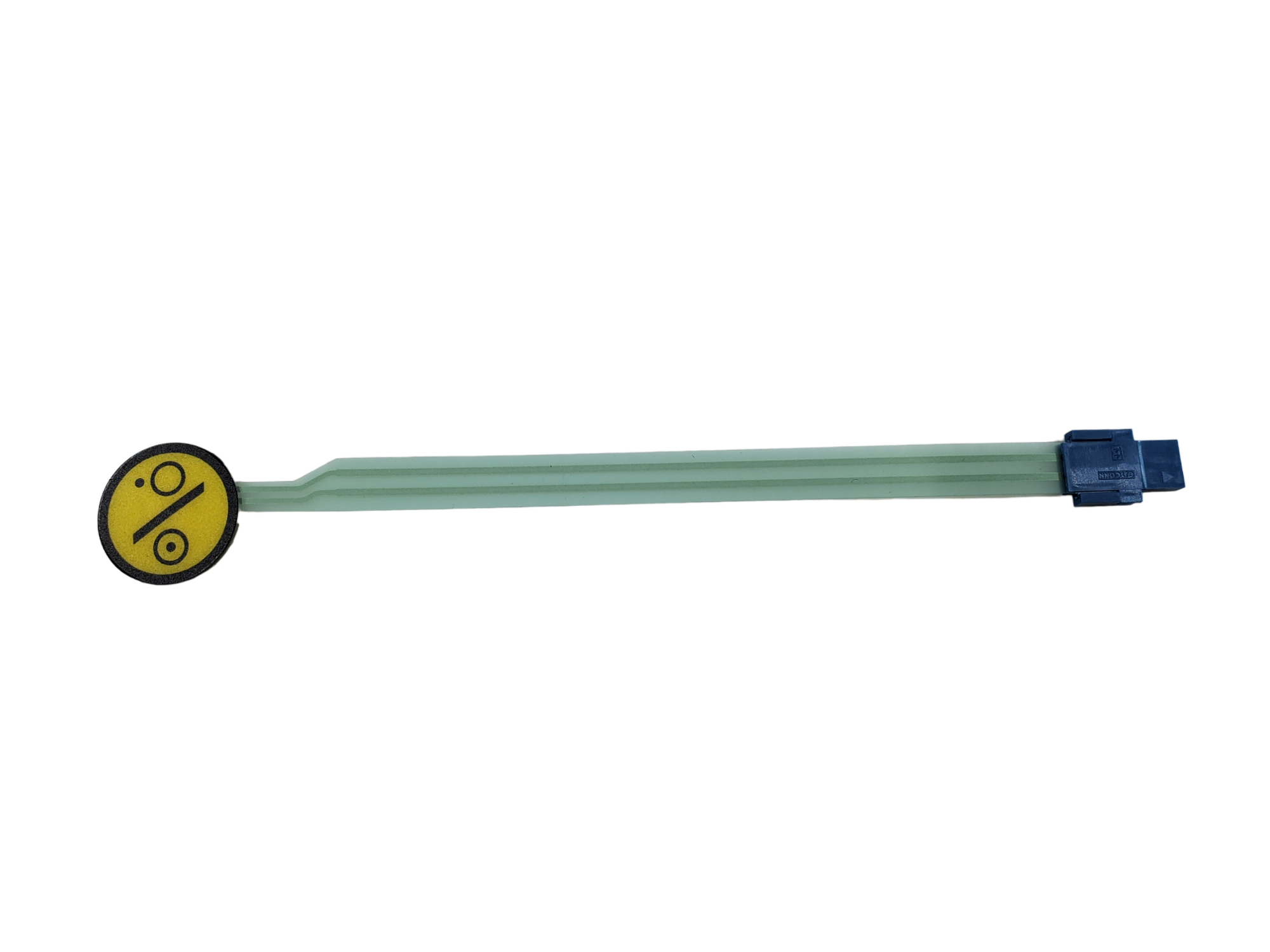How Membrane Switch Technology is Revolutionizing User Interfaces
How Membrane Switch Technology is Revolutionizing User Interfaces
Blog Article
Understanding Membrane Switches: The Secret to Durable and Reliable Controls

What Are Membrane Layer Buttons?
Membrane layer switches are an advanced remedy in the realm of user interface innovation, incorporating capability and design effortlessly. These gadgets function as a user interface between customers and digital systems, incorporating numerous parts into a compact format. Usually created from adaptable, slim layers of products, membrane layer buttons are created to react to touch, enabling users to communicate with equipment and digital tools successfully.
The key components of a membrane layer button consist of a published circuit layer, graphic overlay, and a spacer layer that stops unexpected activation. The visuals overlay can be personalized to show brand identity or individual choices, improving aesthetics while ensuring usability. Membrane layer switches are frequently used in various applications, including clinical gadgets, consumer electronics, and industrial tools, owing to their durability and resistance to ecological aspects such as wetness and dust.
Among the crucial advantages of membrane layer buttons is their capability to withstand deterioration, making them optimal for high-traffic atmospheres. Additionally, they are light-weight and need minimal room, enabling innovative layouts in item development. On the whole, membrane switches over stand for a functional and reliable choice for modern digital user interfaces, weding modern technology with user-centric layout principles.
Just How Membrane Changes Work
The procedure of membrane changes hinges on a basic yet reliable mechanism that equates user input right into electronic signals. When an individual presses the button, the leading layer deforms, enabling a conductive element in the circuit layer to make call with a matching conductive pad on the bottom of the graphic overlay.
The layout of membrane switches can differ, yet they often include domes or responsive elements to give comments to the individual, improving the total experience - membrane switch. The materials used in membrane layer switches, such as polyester or polycarbonate, add to their sturdiness and resistance to ecological elements, including moisture and dirt. Furthermore, the printed circuits are commonly encapsulated, which protects them from damage with time.
Advantages of Membrane Layer Buttons

Additionally, membrane layer switches are recognized for their sturdiness. Built from durable materials, they are immune to dirt, moisture, and physical wear, which dramatically extends their lifespan compared to conventional mechanical switches. This resilience makes them particularly suitable for high-traffic environments and applications requiring long life.
One more substantial benefit is the convenience of cleaning and upkeep. The smooth surface area of membrane layer switches lessens dust buildup and is usually unsusceptible spills, making them excellent for settings that need regular sanitization.
In addition, membrane switches use a streamlined profile, causing a thinner layout that can be incorporated right into various devices without adding mass. This function not just improves the aesthetic appeal but additionally adds to an extra ergonomic product design.
Applications of Membrane Buttons
Flexible and easy to use, membrane layer switches find applications across a variety of markets, consisting of clinical gadgets, consumer electronic devices, and commercial tools. In the clinical field, these buttons are important to tools such as analysis devices, individual surveillance systems, and mixture pumps, where integrity and ease of cleansing are vital. Their ability to preserve and stand up to harsh environments capability like this makes them optimal for such applications.

In consumer electronics, membrane layer buttons are used in products like microwaves, washing makers, and remotes - membrane switch. Their streamlined design enables user-friendly interface, improving the overall user experience while providing longevity and resistance to deterioration
Commercial devices likewise benefits from membrane layer switches, specifically in control panels for equipment and automation systems. These buttons use security against dirt and moisture, guaranteeing regular efficiency in tough atmospheres. Their customizable attributes permit suppliers to tailor them to particular operational requirements, improving effectiveness and functionality.
Selecting the Right Membrane Change
When selecting a membrane layer switch, it is important to consider numerous elements that affect efficiency and viability for certain applications. The key considerations consist of environmental problems, responsive comments, resilience, and style specifications.
First, assess the operating setting; switches subjected to dampness, chemicals, or extreme temperatures need certain products to make sure long life and performance. Next, assess the need for responsive responses. Depending on customer interaction, some applications may benefit from a responsive feedback to confirm activation, while others might like a non-tactile style for visual reasons.
Sturdiness is one more crucial variable; membrane switches need to be made to hold up against constant use, influences, and abrasion. Ensure the chosen switch can withstand the anticipated lifecycle, specifically in high-usage scenarios.

Final Thought
Finally, membrane layer changes function as crucial parts in the design of reputable and resilient control systems across numerous sectors. Their small best site design, combined with robust building and customizable functions, enhances customer communication while making sure long life sought after settings. The flexibility of membrane layer changes allows for tailored remedies that satisfy certain functional requirements, reinforcing their significance in modern-day technology. As sectors remain to progress, the significance of incorporating effective membrane layer button solutions can not be overstated.
Membrane layer switches over stand for an essential element of modern-day interface layout, mixing functionality with durability in different applications.Membrane buttons are an innovative option in the world of customer interface technology, incorporating capability and design effortlessly. Generally built from versatile, thin layers of materials, membrane buttons are made to react to touch, making it possible for users to communicate with machinery and Source electronic gadgets efficiently.
The layout of membrane buttons can differ, yet they commonly incorporate domes or responsive aspects to give feedback to the user, boosting the overall experience.In final thought, membrane changes offer as essential components in the design of sturdy and trustworthy control systems across various markets.
Report this page